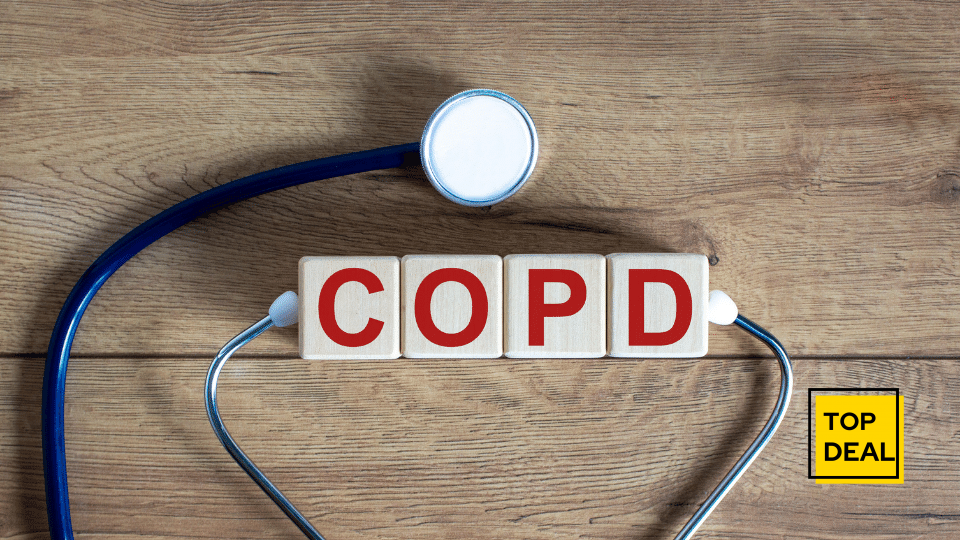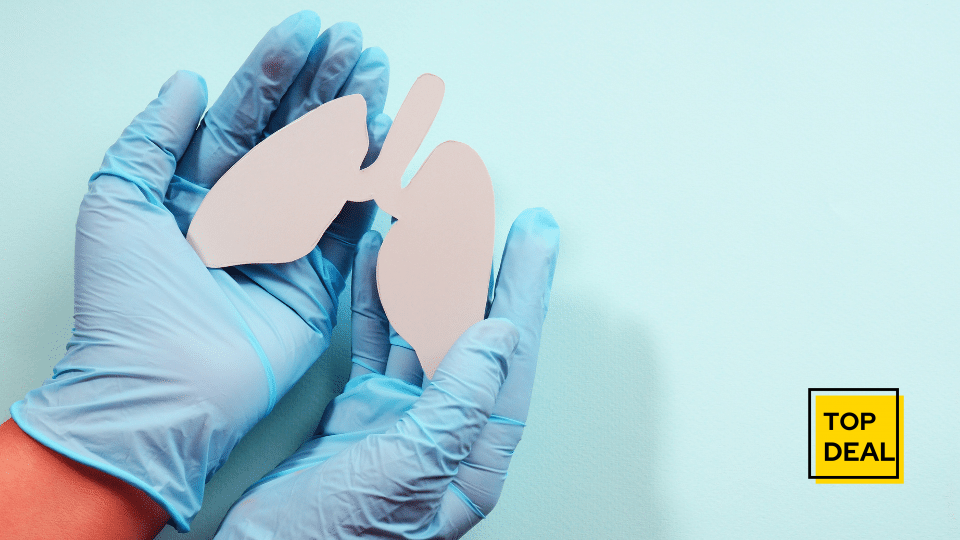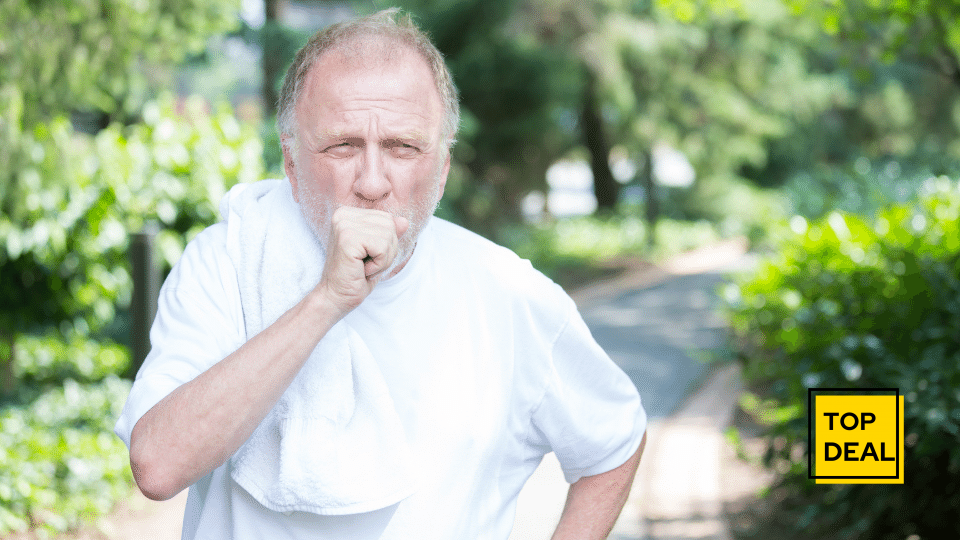
COPD – What Is It And How Seniors Can Relieve The Strong Symptoms in 2022?
COPD, or Chronic Obstructive Pulmonary Disease, is a progressive lung disease that makes it difficult to breathe. It’s also known as chronic bronchitis and emphysema. The main symptoms are shortness of breath, wheezing, chest tightness, and coughing that produces large amounts of mucus.
COPD can be caused by smoking cigarettes for many years or breathing in secondhand smoke at home, work, or in social situations. But the majority of cases are due to other factors such as genetics and environmental pollution from vehicle exhausts. If you have COPD there are several things you can do to manage your symptoms including quitting smoking if possible; avoiding tobacco smoke or any other pollutants; using an inhaler often when needed; taking some type of oxygen therapy; eating a healthy diet; getting some regular exercise, and taking prescribed medications.
Table of Contents
You can also learn to manage your COPD by avoiding respiratory infections that lead to pneumonia, treating any other conditions you have like diabetes or heart disease, learning relaxation techniques for stress management, practicing good hygiene so you don’t get sick as often with colds and flu viruses.
Why is smoking harmful?
Smoking causes cells in your lungs to become damaged so they can’t function properly. Over time this causes your lung tissue to break down which reduces the amount of oxygen in your blood. This forces your heart and muscles to work harder when you breathe causing shortness of breath. Eventually, the lack of oxygen makes you tired because it affects how well your body works overall. Smoking is also the leading cause of preventable death in the United States and many other countries. If you have COPD it’s very important to quit smoking as soon as possible.
Can I still work?
Yes, many people with COPD continue to work if their job doesn’t involve a lot of physical activity or exposure to smoke or pollutants. You may need to take more breaks during the day, use an inhaler when needed, and drink plenty of fluids. Talk to your doctor about any accommodations you may need at work.
Are there treatments for COPD?

There is no cure for COPD but there are treatments that can help improve your quality of life. These include quitting smoking if possible; avoiding tobacco smoke or other pollutants; taking an inhaler often when needed; using oxygen therapy to increase the amount of oxygen in your blood and taking some type of lung clearance treatment that helps remove mucus from your lungs.
What can you do to help relieve symptoms?
Some things you can do include avoiding respiratory infections that lead to pneumonia, treating any other conditions you have like diabetes or heart disease, learning relaxation techniques for stress management, practicing good hygiene so you don’t get sick as often with colds and flu viruses. In addition, there are many medications your doctor may prescribe including bronchodilators which relax muscles around the airways allowing them to open up more easily. You may also be given steroids to reduce inflammation, antibiotics if you get a respiratory infection, and oxygen therapy if you have low oxygen levels in your blood.
How can I prevent COPD?
You can’t always prevent COPD but there are things you can do to reduce your risk including quitting smoking if possible; avoiding tobacco smoke or other pollutants; eating a healthy diet; getting some regular exercise, and taking prescribed medications. You can also learn to manage your COPD by avoiding respiratory infections that lead to pneumonia, treating any other conditions you have like diabetes or heart disease, learning relaxation techniques for stress management, practicing good hygiene so you don’t get sick as often with colds and flu viruses.

Living with COPD can be difficult but by following your doctor’s advice, making healthy lifestyle choices, learning to manage your symptoms, and being aware of COPD in others you can have a full life.


